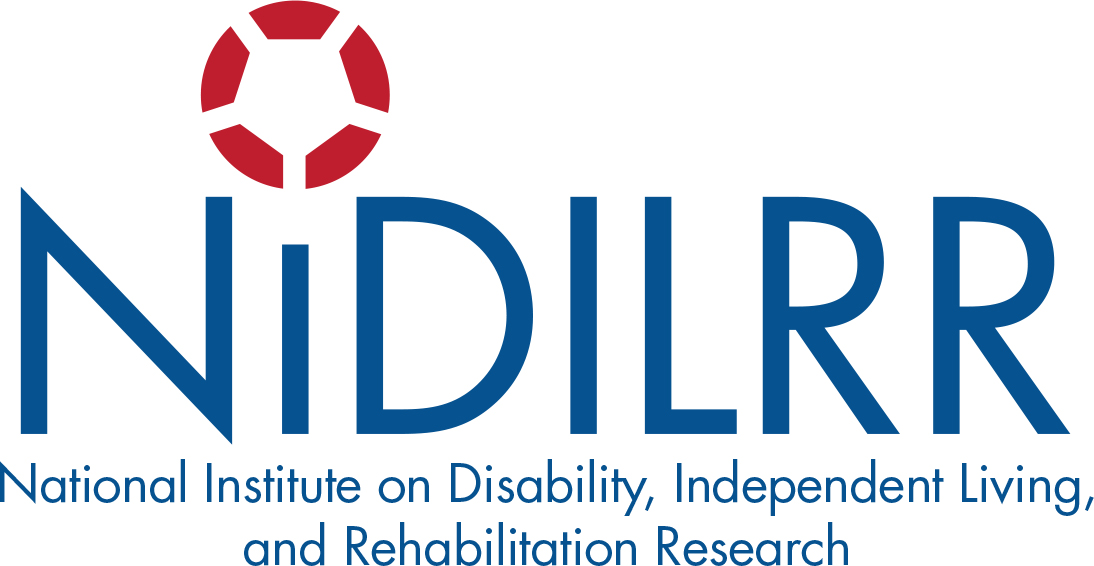There is almost always hope for at least some improvement after SCI, but there are no guarantees. You have to wait to see what happens in the months after your injury. Here are a few rules of thumb.
- People with a complete injury often regain 1 or 2 levels of injury. This means you often regain control of 1 or 2 levels of muscle movement.
- People with an incomplete injury are more likely than people with a complete injury to regain control of more muscle movement, but there is no way to know how much, if any, will return.
- As long as you are seeing some improvement, like regaining muscle movement, your chances for improvement are better.
- The longer you go without seeing improvement, your chances for improvement are lower.
See Resources
Understanding Spinal Cord Injury: Part 1 - The Body Before and After Injury (PDF) (en español)
This fact sheet is intended to be a starting point for understanding the normal functions of the spinal cord and how those functions might change after spinal cord injury. This and other fact sheets from the Model Systems Knowledge Translation Center provide useful health information that is based on research evidence and/or professional consensus and has been reviewed and approved by the SCI Model Systems editorial team of experts.
Understanding Spinal Cord Injury: Part 2 - Recovery and Rehabilitation (PDF) (en español)
Recovery and Rehabilitation is important to returning to functioning back to normal. There is no cure for SCI but you can learn the potential areas for improvement. This and other fact sheets from the Model Systems Knowledge Translation Center provide useful health information that is based on research evidence and/or professional consensus and has been reviewed and approved by the SCI Model Systems editorial team of experts.
Expected Outcomes C1-3: What You Should Know (PDF)
This consumer guide is published by the Paralyzed Veterans of America and the Consortium for Spinal Cord Medicine.
Expected Outcomes C4: What You Should Know (PDF)
This consumer guide is published by the Paralyzed Veterans of America and the Consortium for Spinal Cord Medicine.
Expected Outcomes C5: What You Should Know (PDF)
This consumer guide is published by the Paralyzed Veterans of America and the Consortium for Spinal Cord Medicine.
Expected Outcomes C6: What You Should Know (PDF)
This consumer guide is published by the Paralyzed Veterans of America and the Consortium for Spinal Cord Medicine.
Expected Outcomes C7-8: What You Should Know (PDF)
This consumer guide is published by the Paralyzed Veterans of America and the Consortium for Spinal Cord Medicine.
Expected Outcomes T1-9: What You Should Know (PDF)
This consumer guide is published by the Paralyzed Veterans of America and the Consortium for Spinal Cord Medicine.
Expected Outcomes T10-L1: What You Should Know (PDF)
This consumer guide is published by the Paralyzed Veterans of America and the Consortium for Spinal Cord Medicine.
Expected Outcomes L2-S5: What You Should Know (PDF)
This consumer guide is published by the Paralyzed Veterans of America and the Consortium for Spinal Cord Medicine.
Understanding Spinal Cord Injury: What you should know about spinal cord injury and recovery
This video uses simple language and images of real people who have sustained a spinal cord injury, as well as medical experts and advocates. Produced by Shepherd Center and KPKinteractive in collaboration with the American Trauma Society, the National Spinal Cord Injury Association and the Christopher & Dana Reeve Foundation.
Understanding Spinal Cord Impairments and Functional Goals
This 26 minute video offers a basic understanding of the normal function of the spinal cord and the impact of impairment at different types and levels of injury. In addition, functional goals are addressed for levels of impairment. This video 1 in an 11-part video series provided by the University of Alabama at Birmingham Spinal Cord Injury Model System (UAB-SCIMS).
First Days After SCI
Watch a collection of videos from FacingDisability.com, a first-of-its-kind Internet-based effort created to connect families who suddenly have to deal with a spinal cord injury with people like them who have already “been there” and “done that.”
Survive, Subsist, Succeed: Spinal Cord Injury Outcomes
This is an educational video program of a forum for persons with SCI and their friends, family members and caregivers. Forums are offered by the Northwest Regional Spinal Cord Injury System (NWRSCIS). Presented on May 20, 2010.



